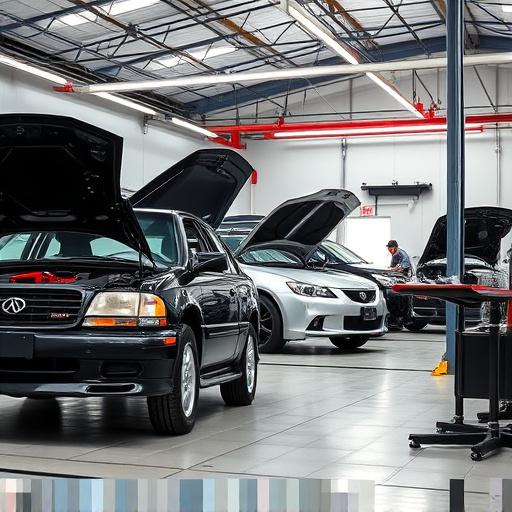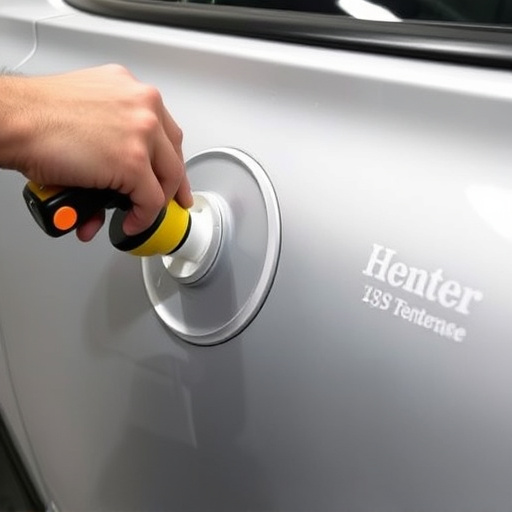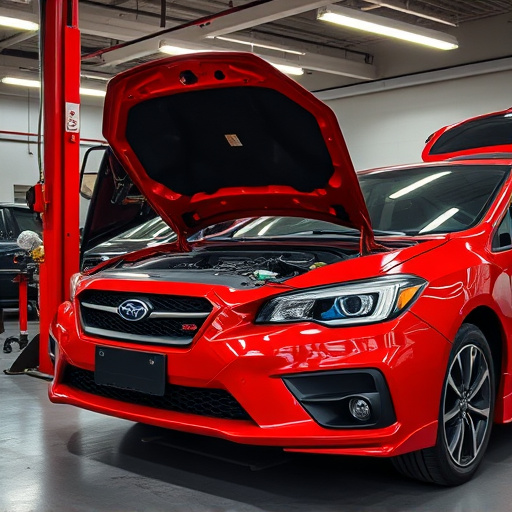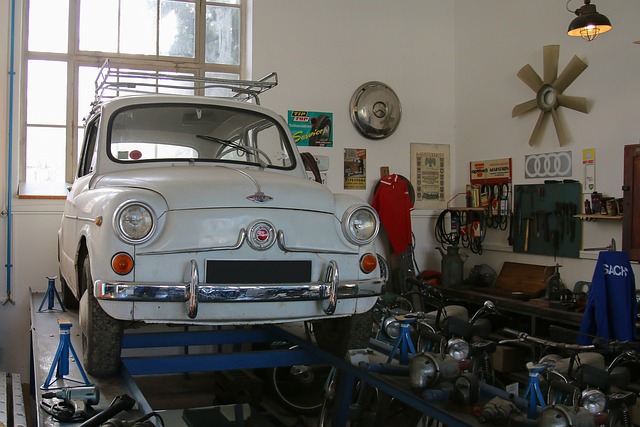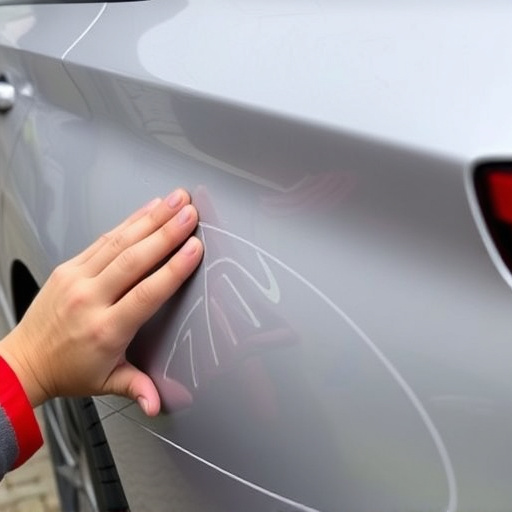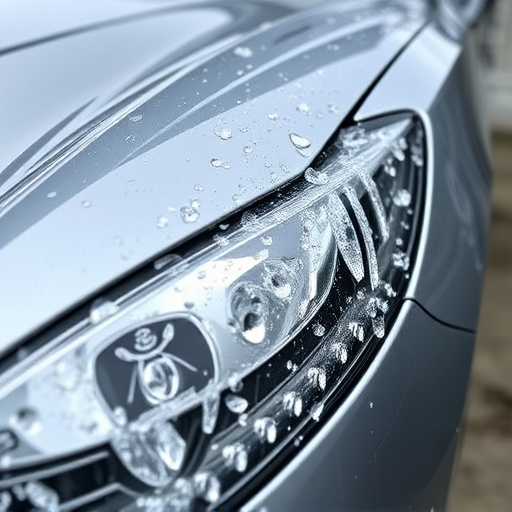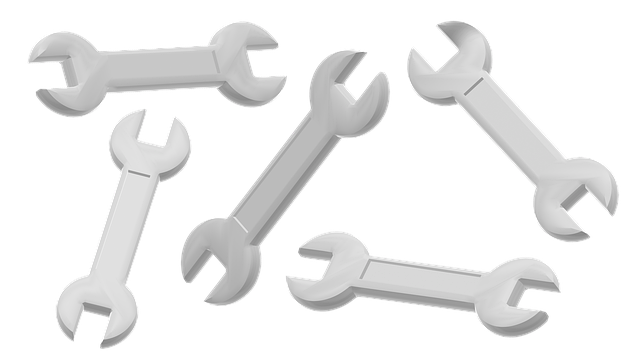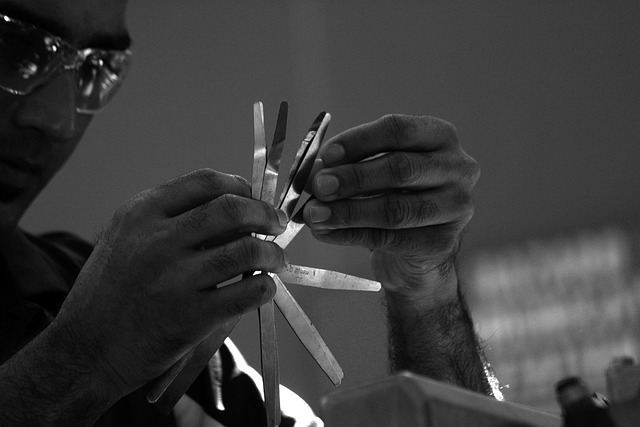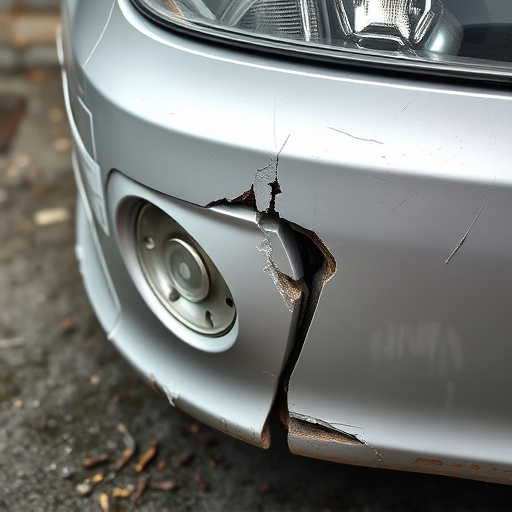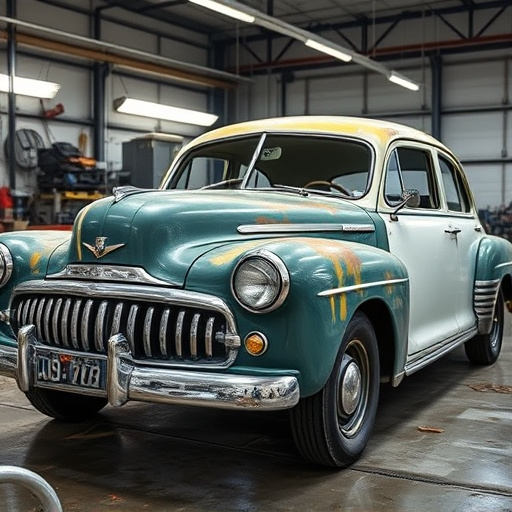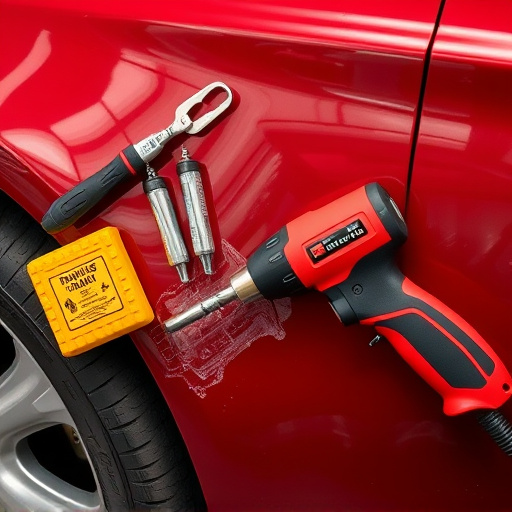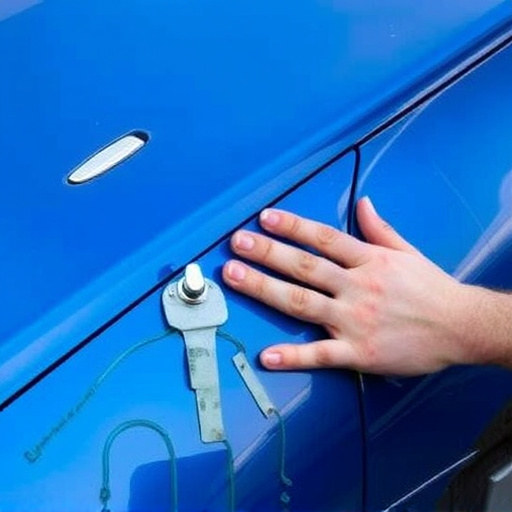Mercedes Driver Assistance Repair (DAS) requires specialized technicians who calibrate sensors, software, and hardware to match factory driving behavior, ensuring safety features like ACC, lane keeping assist, and collision prevention work seamlessly. This meticulous process accounts for tire pressure, suspension settings, and brake wear, preventing issues from improper repairs. Professional centers with Mercedes expertise use advanced tools to fine-tune DAS systems, maintaining performance and safety standards comparable to top-notch auto body work.
Mercedes vehicles are equipped with advanced driver assistance systems (ADAS) that significantly enhance safety on the road. To ensure optimal performance, it’s crucial to understand that Mercedes driver assistance repair must match the factory driving behavior. This article delves into the intricacies of these systems, highlighting why replicating the original manufacturer’s settings is paramount for safe and efficient driving. We’ll explore the steps involved in repairing and calibrating these features for peak functionality.
- Understanding Mercedes Driver Assistance Systems
- The Importance of Matching Factory Driving Behavior
- Repairing and Calibrating for Optimal Performance
Understanding Mercedes Driver Assistance Systems

Mercedes Driver Assistance Systems are a suite of advanced technologies designed to enhance safety and driving experience. These systems include features like Adaptive Cruise Control (ACC), which adjusts speed to maintain a safe distance from the vehicle ahead, and Active Lane Keeping Assist, which helps keep the car centered in its lane. Other notable assists include Blind Spot Monitoring, Parking Assistance, and Collision Prevention Assist. Understanding these systems is crucial when addressing Mercedes driver assistance repair, as issues with any of these features could significantly impact driving behavior and safety.
Proper Mercedes driver assistance repair must match the factory driving behavior to ensure optimal performance and functionality. This involves not just fixing mechanical components but also calibrating sensors and software to replicate the precise actions designed by Mercedes engineers. In terms of car body repair, especially for vehicles equipped with advanced driver assists, specialized technicians are required who understand the intricate interplay between the vehicle’s electronic systems and physical structure. This ensures that repairs not only fix the visible damage but also preserve the safety features that have been integrated into the car body over time, including structural integrity and sensor placement.
The Importance of Matching Factory Driving Behavior

When it comes to Mercedes driver assistance repair, aligning the fix with the factory driving behavior is paramount. This ensures that advanced safety features like lane keeping assist, adaptive cruise control, and automatic emergency braking function as intended, providing a seamless and secure driving experience. After all, these systems are meticulously calibrated to mirror the dynamic movement and handling characteristics of a pristine Mercedes vehicle.
Matching factory driving behavior is crucial for optimal performance. It involves fine-tuning repairs to account for factors like tire pressure, suspension settings, and brake wear—aspects that can significantly impact how driver assistance systems react. By adhering to these standards, car repair services specializing in Mercedes ensure that the vehicle’s advanced technology works in harmony with its design, much like a symphony where every instrument plays its part perfectly, resulting in a smooth and safe driving experience, avoiding issues comparable to a car dent repair or even more severe damage from a car collision repair.
Repairing and Calibrating for Optimal Performance

When repairing a Mercedes driver assistance system, it’s paramount to calibrate it for optimal performance that mirrors the factory driving behavior. This meticulous process ensures the advanced safety features function precisely as designed, enhancing the overall driving experience. Professional auto collision centers with specialized expertise in Mercedes vehicles are ideal for this task, as they can accurately restore the system to its original settings.
Proper repair and calibration involve more than just replacing faulty components; it requires a deep understanding of the vehicle’s electronic systems. Skilled technicians utilize advanced diagnostic tools to identify issues, correct them, and fine-tune the settings for seamless integration with the Mercedes driving dynamics. This attention to detail is key in achieving not just functional restoration but also maintaining the vehicle’s performance and safety standards, comparable to that of a pristine auto body work or a meticulously executed vehicle restoration.
To ensure optimal performance and safety, repairing and calibrating Mercedes driver assistance systems must accurately mirror the factory driving behavior. Matching these systems’ functionality with their designed parameters is crucial for maintaining the vehicle’s advanced features’ effectiveness. By adhering to these standards during repairs, drivers can experience seamless integration of technology, enhancing their overall driving experience without compromising safety. Thus, proper Mercedes driver assistance repair techniques are essential for keeping up with the brand’s innovative automotive landscape.

